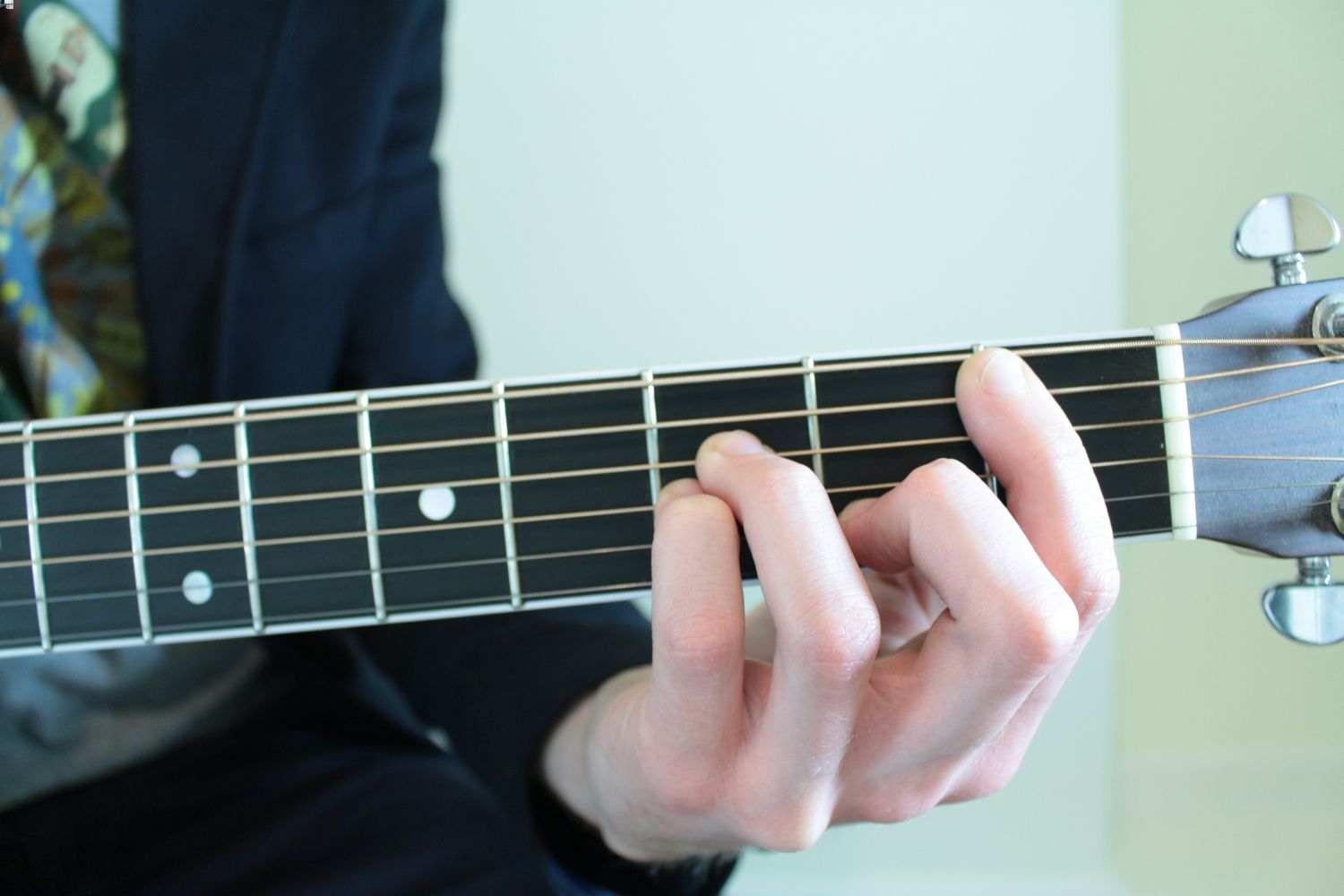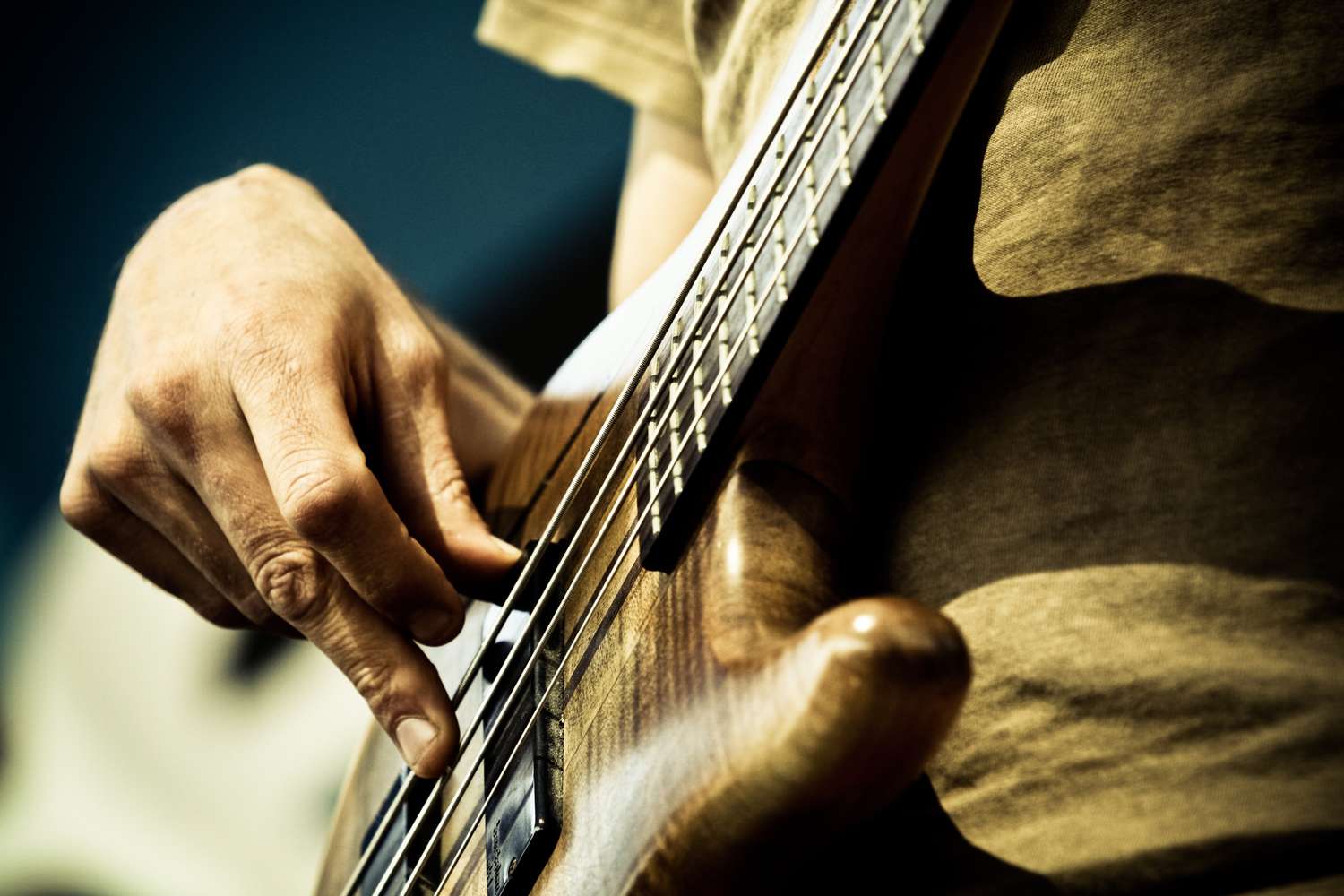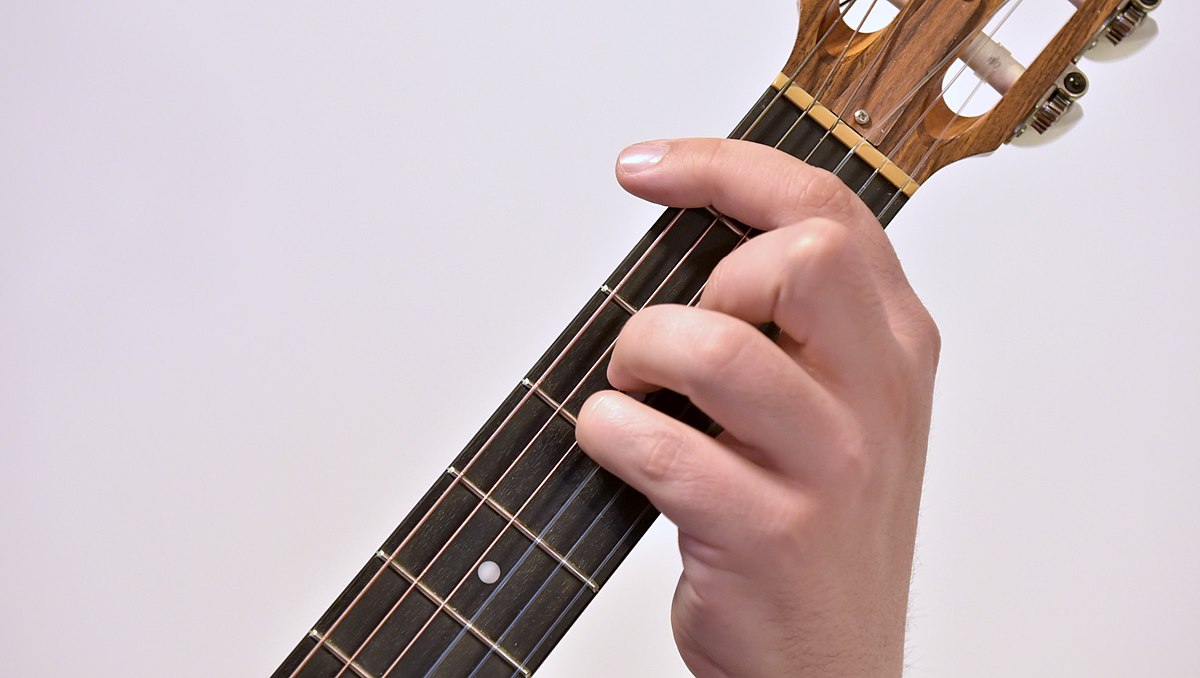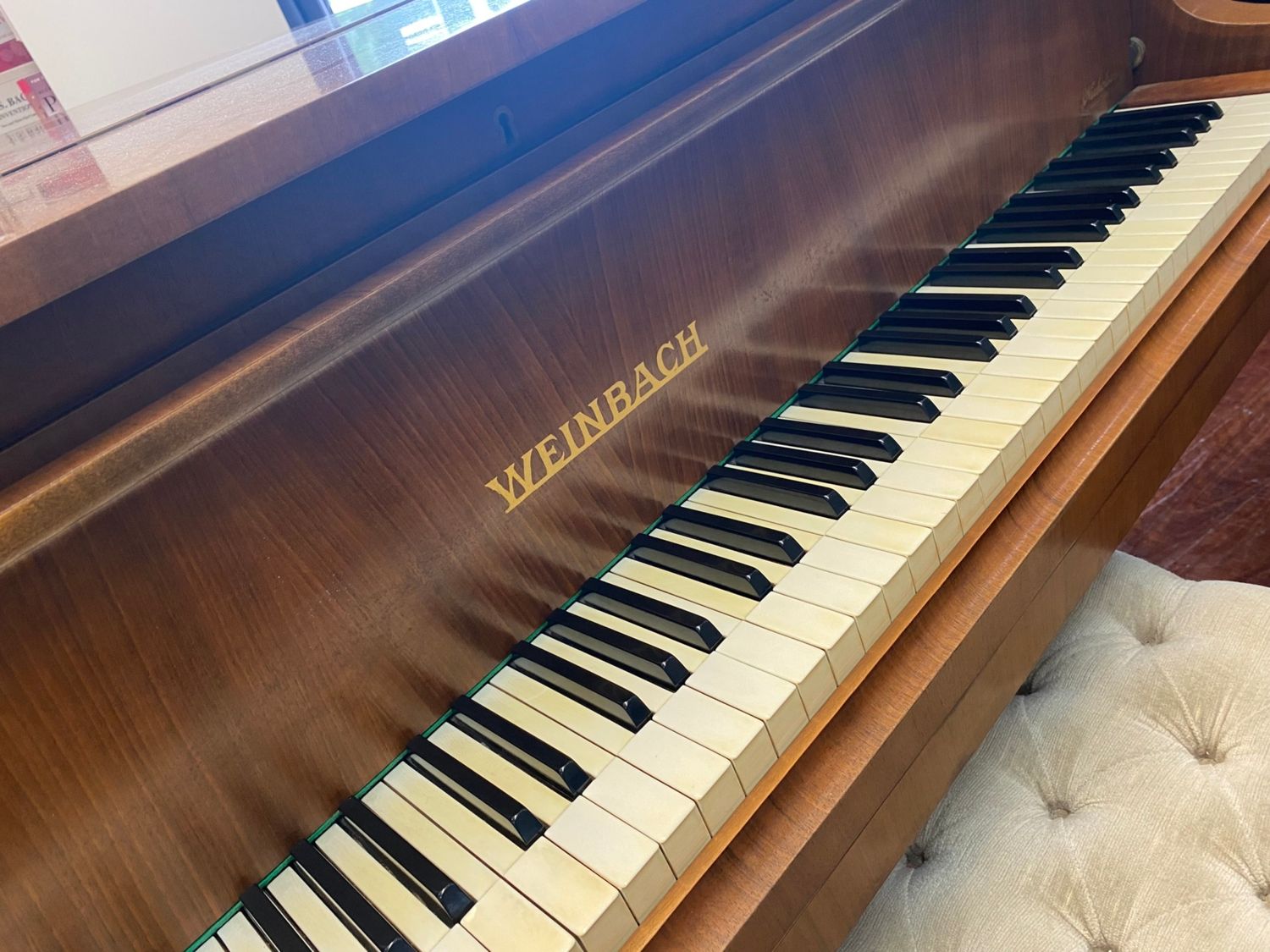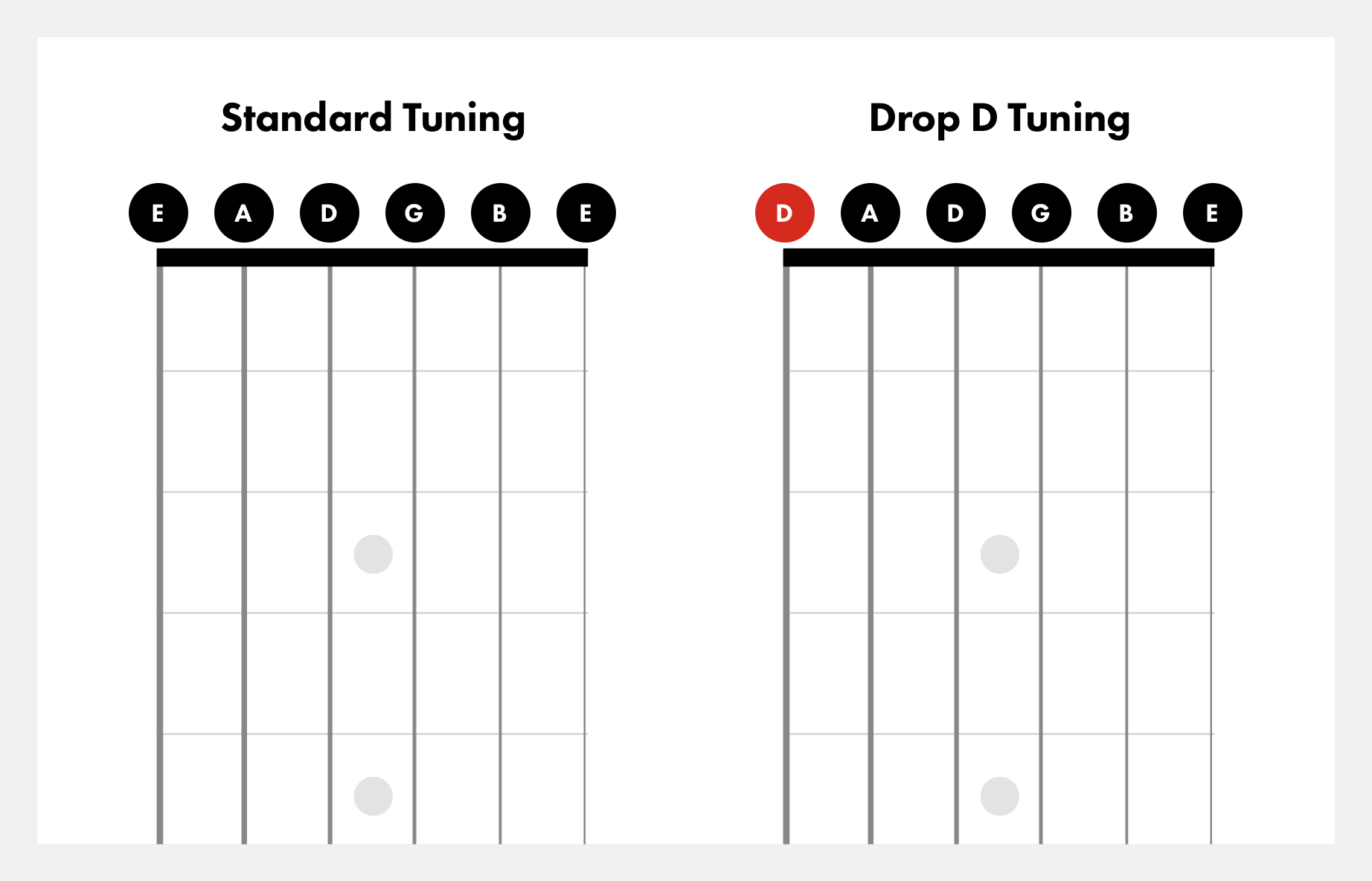Home>Instruments>Guitar>How To Play The D Chord On Guitar
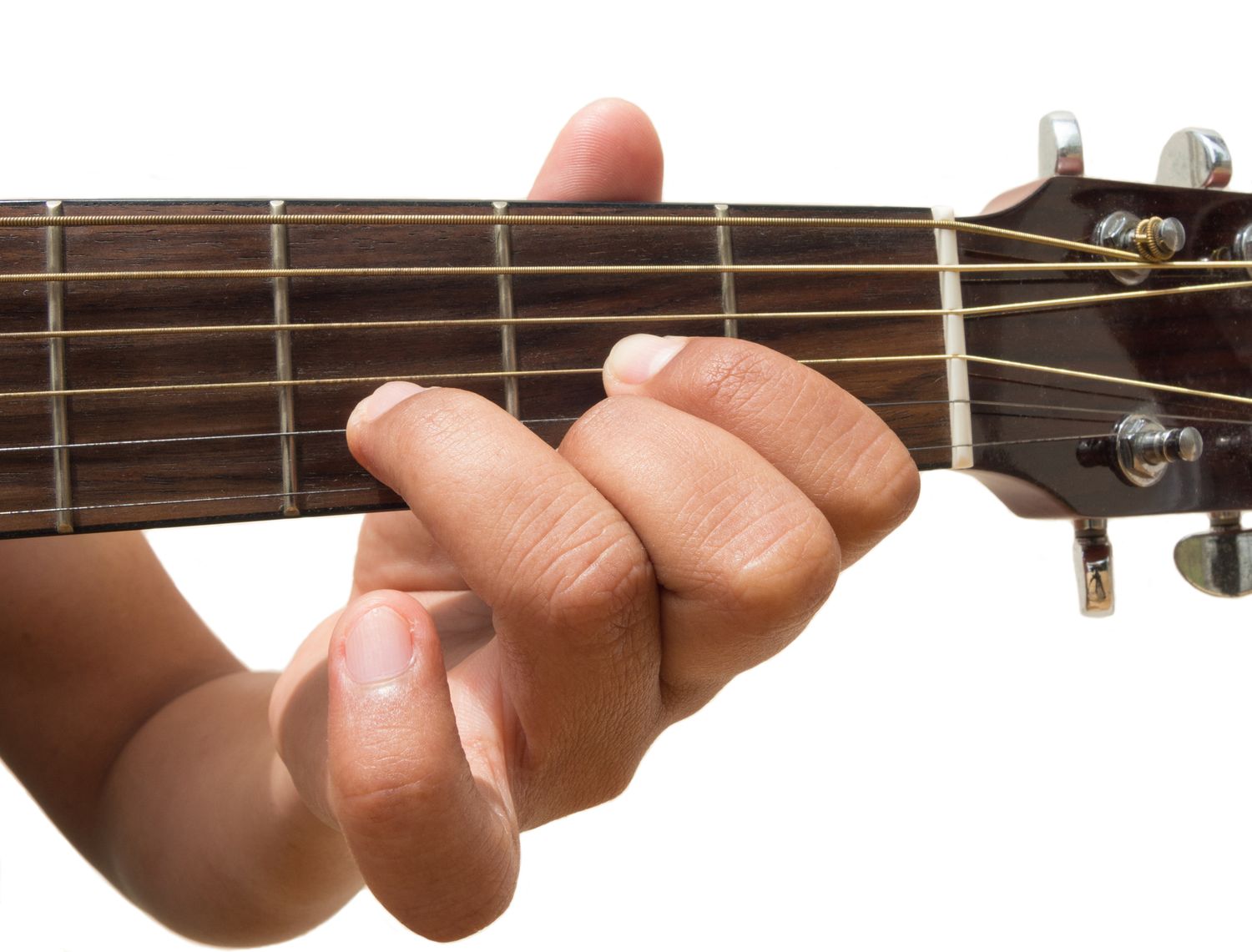

Guitar
How To Play The D Chord On Guitar
Published: February 14, 2024
Learn how to play the D chord on guitar with our step-by-step guide. Master the essential chord and elevate your guitar playing skills today.
(Many of the links in this article redirect to a specific reviewed product. Your purchase of these products through affiliate links helps to generate commission for AudioLover.com, at no extra cost. Learn more)
Table of Contents
Introduction
Playing the guitar is a rewarding and fulfilling endeavor, and mastering essential chords is a crucial step in becoming a proficient guitarist. Among these fundamental chords is the D chord, a versatile and widely used chord in various musical genres. Learning to play the D chord opens up a world of musical possibilities, allowing you to strum along to countless songs or create your own melodies.
In this comprehensive guide, you will learn everything you need to know about playing the D chord on the guitar. From understanding the structure of the chord to mastering the finger placement and strumming techniques, this article will equip you with the knowledge and skills to confidently incorporate the D chord into your playing repertoire.
Whether you're a beginner eager to expand your chord vocabulary or an intermediate player looking to refine your technique, this guide is designed to provide valuable insights and practical tips for honing your guitar skills. By the end of this article, you'll have a solid grasp of the D chord and the confidence to integrate it seamlessly into your musical endeavors.
So, grab your guitar, get comfortable, and let's dive into the world of the D chord. Whether you're strumming along to your favorite tunes or composing your own music, the D chord will serve as a foundational building block in your guitar journey. With dedication and practice, you'll soon be playing the D chord with ease and adding a captivating dimension to your musical expressions.
Understanding the D Chord
Before delving into the physical execution of playing the D chord on the guitar, it’s essential to understand the theoretical foundation of this fundamental chord. The D chord is comprised of three notes: D, F#, and A. When played together, these notes create a harmonious and resonant sound that forms the basis of countless songs across various musical genres.
The D chord is classified as a major chord, known for its bright and uplifting tonality. Its uplifting nature makes it a popular choice for creating vibrant and optimistic musical compositions. As you strum the D chord, you’ll notice the rich and full-bodied sound it produces, adding depth and warmth to your musical arrangements.
One of the defining characteristics of the D chord is its versatility. Whether you’re playing folk, rock, pop, or country music, the D chord seamlessly integrates into diverse musical styles, making it an indispensable chord for any guitarist to master. Its adaptability and compatibility with other chords make it a valuable asset in your musical toolkit.
Understanding the structure and sonic qualities of the D chord lays the groundwork for harnessing its expressive potential. As you familiarize yourself with the distinct sound and emotive resonance of the D chord, you’ll be better equipped to infuse your playing with creativity and emotion, captivating listeners with the captivating allure of this foundational chord.
Finger Placement
Mastering the finger placement for the D chord is essential for producing a clear and resonant sound. The fretting hand, typically the left hand for right-handed players, is responsible for forming the chord shape. To play the D chord, follow these steps for optimal finger placement:
- Index Finger: Place your index finger on the second fret of the G string (the third thinnest string).
- Middle Finger: Position your middle finger on the second fret of the E string (the thinnest string).
- Ring Finger: Place your ring finger on the third fret of the B string (the second thinnest string).
Ensuring that each finger is positioned behind the fret and applying the right amount of pressure is crucial for producing a clean and resonant sound. As you form the D chord shape, strive for clarity and precision in your finger placement, allowing each note to ring out distinctly when strummed.
Additionally, maintaining a relaxed and natural hand position can significantly enhance your playing comfort and dexterity. Avoid tensing up your fingers or straining your hand, as this can impede your ability to transition smoothly between chords and inhibit your overall playing fluidity.
Practicing the finger placement for the D chord regularly will not only strengthen your muscle memory but also refine your ability to execute the chord with ease and confidence. Over time, as your fingers become accustomed to the chord shape, you’ll notice a marked improvement in the clarity and resonance of your D chord rendition.
Remember, consistent and deliberate practice is key to mastering the finger placement for the D chord. By honing your technique and paying attention to the nuances of finger positioning, you’ll unlock the full potential of this foundational chord, elevating your guitar playing to new heights of musical expression.
Strumming the D Chord
Once you have mastered the finger placement for the D chord, the next crucial step is to develop effective strumming techniques that bring out the chord’s full tonal richness. Strumming is an art form in itself, allowing you to infuse the D chord with rhythmic vitality and expressive flair. Here are some essential tips for strumming the D chord with finesse:
- Strumming Pattern: Begin by practicing a basic strumming pattern to establish a steady rhythm. A common pattern for the D chord involves downward strums, starting from the D string (the fourth string) and sweeping across the strings in a fluid motion. Experiment with different strumming patterns to find one that complements the mood and tempo of the music you are playing.
- Strumming Dynamics: Pay attention to the dynamics of your strumming. Varying the intensity and force of your strums can add depth and emotion to your playing. For instance, accentuating certain strums to create emphasis or employing lighter strums for a softer touch can enhance the overall musicality of the D chord.
- Precision and Clarity: Strive for precision and clarity in your strumming. Aim to strike the strings cleanly, avoiding unintentional muted notes or string buzz. Maintaining a consistent and controlled strumming motion will ensure that each note within the D chord rings out with clarity and resonance.
- Rhythmic Accents: Experiment with adding rhythmic accents to your strumming. Emphasizing specific beats within the strumming pattern can inject rhythmic vitality into your playing, creating engaging and dynamic musical phrases with the D chord.
As you explore different strumming techniques and patterns, remember that practice is essential for refining your strumming proficiency. Consistent repetition and focused practice sessions will enhance your strumming precision and dexterity, allowing you to unleash the full sonic potential of the D chord.
Furthermore, don’t hesitate to incorporate your own creative flair into your strumming. Whether it’s subtle variations in strumming patterns or personalized rhythmic accents, infusing your playing with individuality and expression will elevate your interpretation of the D chord, making your musical performances truly distinctive and captivating.
By honing your strumming technique and embracing the rhythmic possibilities of the D chord, you’ll not only enrich your musical repertoire but also develop a deeper connection with the instrument, allowing your creativity to flourish with each strum.
Common Mistakes to Avoid
While learning to play the D chord, it’s important to be mindful of common pitfalls that can hinder your progress and diminish the quality of your chord execution. By recognizing and addressing these mistakes early on, you can refine your technique and elevate your overall playing proficiency. Here are some prevalent mistakes to avoid when mastering the D chord:
- Fretting Hand Tension: One common mistake is applying excessive tension in the fretting hand when forming the D chord shape. Strive to maintain a relaxed yet firm grip, allowing your fingers to press down on the strings with just enough pressure to produce clear notes. Tension in the fretting hand can lead to strained fingers and hinder your ability to transition smoothly between chords.
- Muted Strings: Be mindful of unintentionally muting strings within the D chord. Ensure that each finger is positioned behind the fret and that no fingers inadvertently touch neighboring strings, causing them to produce muted or muffled sounds when strummed. Practicing precise finger placement and maintaining awareness of string contact will help eliminate muted notes within the chord.
- Inconsistent Strumming: Avoid erratic or inconsistent strumming patterns when playing the D chord. Aim for a steady and controlled strumming motion, maintaining a consistent rhythm to allow the chord’s notes to ring out harmoniously. Developing a disciplined strumming technique will enhance the overall clarity and musicality of the D chord.
- Unstable Hand Position: Watch out for an unstable hand position while forming the D chord. Ensure that your fretting hand maintains a stable and relaxed posture, with your wrist aligned comfortably with the neck of the guitar. A stable hand position promotes agility and facilitates seamless chord transitions, enhancing your overall playing fluidity.
By being mindful of these common mistakes and actively working to overcome them, you’ll fortify your foundation in playing the D chord and set the stage for continued growth as a guitarist. Consistent practice, attention to detail, and a mindful approach to technique will empower you to overcome these challenges and refine your mastery of the D chord.
Remember, every guitarist encounters these stumbling blocks at some point, and addressing them proactively is a vital part of the learning process. Embrace these challenges as opportunities for growth, and with perseverance, you’ll navigate past these common mistakes, emerging as a more proficient and confident player.
Tips for Mastering the D Chord
Mastering the D chord involves a combination of focused practice, technical precision, and a deep understanding of the chord’s nuances. To aid you in honing your skills and achieving proficiency in playing the D chord, consider the following tips and strategies:
- Consistent Practice: Dedicate regular practice sessions specifically focused on the D chord. Repetition is key to strengthening muscle memory and refining your finger placement and strumming technique. By integrating the D chord into your daily practice routine, you’ll steadily enhance your fluency and comfort with this essential chord.
- Chord Transition Drills: Practice transitioning to and from the D chord in conjunction with other commonly used chords. Smooth chord transitions are essential for fluid and seamless playing. Incorporating transition drills into your practice regimen will facilitate effortless movement between chords, enhancing the overall cohesiveness of your playing.
- Ear Training: Develop your ear for music by familiarizing yourself with the sound of the D chord in various musical contexts. Listen to songs that prominently feature the D chord and pay attention to its tonal characteristics. This auditory awareness will deepen your appreciation for the chord and inform your own renditions of it.
- Utilize Metronome: Practice playing the D chord in rhythm with a metronome to refine your sense of timing and tempo. A metronome serves as a valuable tool for developing rhythmic precision and internalizing a steady beat, essential for cohesive and synchronized musical performances.
- Seek Guidance: If you encounter persistent challenges in mastering the D chord, consider seeking guidance from a guitar instructor or accessing online tutorials and resources. Professional guidance can provide personalized feedback and targeted exercises to address specific areas of improvement.
Embracing these tips as integral components of your guitar practice regimen will accelerate your progress in mastering the D chord. Approach each practice session with intentionality and a commitment to continual improvement, and you’ll witness tangible advancements in your ability to execute the D chord with confidence and artistry.
Furthermore, maintain a positive and patient mindset as you navigate the learning process. Embracing the journey of mastering the D chord with enthusiasm and perseverance will not only enhance your technical proficiency but also cultivate a deep appreciation for the expressive potential of this foundational chord.
By integrating these tips into your practice routine and remaining dedicated to your musical growth, you’ll unlock the captivating allure of the D chord, infusing your playing with vibrancy and musical depth.
Conclusion
Congratulations on embarking on the journey to master the D chord on the guitar. Throughout this guide, you’ve gained valuable insights into the theoretical and practical aspects of playing this foundational chord, equipping you with the knowledge and techniques to elevate your guitar playing prowess.
As you continue to refine your finger placement, strumming technique, and overall proficiency with the D chord, remember that mastery is a product of dedication, persistence, and a genuine passion for music. Embrace the learning process with enthusiasm, and view each practice session as an opportunity for growth and artistic expression.
The D chord, with its bright tonality and versatile nature, holds boundless potential for enhancing your musical creations and interpretations. Whether you’re strumming along to your favorite songs or composing original pieces, the D chord serves as a steadfast companion in your musical endeavors, enriching your sonic palette and captivating listeners with its emotive resonance.
As you navigate your guitar journey, remember that every chord mastered and every technical hurdle overcome brings you closer to realizing your full potential as a guitarist. Embrace the challenges, celebrate the milestones, and cherish the moments of musical discovery along the way.
With each confident strum of the D chord, you breathe life into your musical expressions, infusing your melodies with the timeless allure of this foundational chord. Your dedication and passion will continue to propel you forward, shaping you into a skilled and expressive guitarist with the ability to captivate hearts and inspire through the power of music.
So, pick up your guitar, let the notes of the D chord resonate with clarity and purpose, and embark on a musical journey filled with creativity, growth, and the unwavering joy of playing the guitar.

